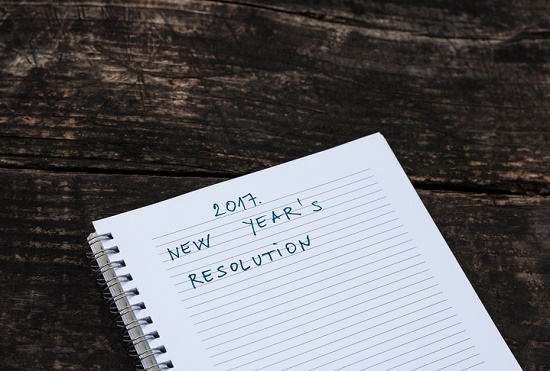
It’s the New Year, which for many of us means pledging to eat better, work out more, and save more money. But we might want to add to this list the resolution to protect our hearing.
In 2016, we saw a large number of reports regarding the expanding epidemic of hearing loss. The World Health Organization has warned us that billions of individuals are at risk from exposure to loud noise volumes at work, at home, and at play.
We also found out that even teens are at risk, as the rate of hearing loss in teens is 30 percent higher than it was in the 1990s.
The truth is that our hearing can be harmed at work, while attending live shows, and even at home through the use of earbuds and headphones played at excessive volumes.
For 2017, let’s all start off on the right track by making some basic resolutions to protect and maintain our hearing health.
1. Know how loud is too loud
First of all, how loud is too loud, and how can you know when your hearing is at risk?
To start with, sound is measured in units called decibels. As the decibel level increases, the intensity level of the sound increases together with the risk of hearing damage.
Here’s a list of sounds with their corresponding decibel levels. Keep in mind that anything above 85 decibels can potentially harm your hearing with prolonged exposure.
- Whisper in a tranquil library – 30 decibels (dB)
- Normal conversation – 60 dB
- City traffic – 85 dB
- Jackhammer at 50 feet – 95 dB
- Motorcycle – 100 dB
- Music player at max volume – 100+ dB
- Power saw at three feet – 110 dB
- Loud rock concert – 115 dB
- 12-Gauge Shotgun Blast – 165 dB
Remember that with the decibel scale, a 10 dB increase is perceived by the human ear as being twice as loud. Which means that a rock concert at 110 dB is 32 times louder than a normal conversation at 60 dB.
2. Safeguard your ears
Hearing damage is dependent upon three factors: 1) the volume or intensity of the sound, 2) the period of time subjected to the sound, and 3) the distance between your ears and the sound source.
That means, in general, there are three ways you can protect against hearing injury from direct exposure to loud noise:
- Limit the volume with the use of earplugs (or by lowering the volume on a music player).
- Limit the time of exposure to the noise either by avoiding it or by taking rest breaks.
- Increase the distance from the sound source as far as possible (for example, not standing directly in front of the speakers during a rock concert).
The following are some other tips to protect your hearing:
- Apply the 60/60 rule when listening to music on a handheld device—listen for no more than 60 minutes at 60 percent of the max volume.
- Consult with your employer about its hearing protection programs if you work in an at-risk occupation.
- Wear hearing protection at noisy venues and during loud activities. Budget friendly foam earplugs are obtainable at your local pharmacy, and custom made earplugs are available from your local hearing specialist.
- Invest in noise-cancelling headphones. These headphones block exterior sound so you can listen to the music at decreased volumes.
- Purchase musicians plugs, a special type of earplug that reduces volume without generating the dull sound of foam earplugs.
3. Know the signs and symptoms of hearing loss
Hearing loss occurs when the nerve cells of the inner ear are damaged. Here are some of the signs of hearing loss to look for directly after exposure to loud sounds:
- Ringing in the ears, referred to as tinnitus.
- The sensation of “fullness” in your ears.
- Difficulty understanding speech, where everything sounds muffled.
Those are a few of the signs of hearing damage immediately after exposure. Here are the signs of long-term hearing loss:
- Asking others to repeat themselves often, or regularly misinterpretation what people are saying.
- Having difficulty following conversations and making fine distinctions between similar sounding words and phrases.
- Turning the TV or radio volume up to the level where others notice.
- Thinking that other people are constantly mumbling.
- Having trouble hearing on the phone.
Generally, your friends or family members will be the first to observe your hearing loss. It’s easy to brush this off, but in our experience, if somebody is told they have hearing loss by a family member, chances are good that they do.
4. Get your hearing tested
Finally, it’s critical to obtain a hearing test, for a couple of reasons. One, if your hearing is normal, you can not only inform others that your hearing is fine, you’ll also establish a baseline to compare future hearing tests.
Second, if the hearing test does display hearing loss, you can work with your hearing care professional to identify the most suitable hearing plan, which usually includes hearing aids. And with today’s technology, you can recover your hearing and enhance almost every aspect of your life.